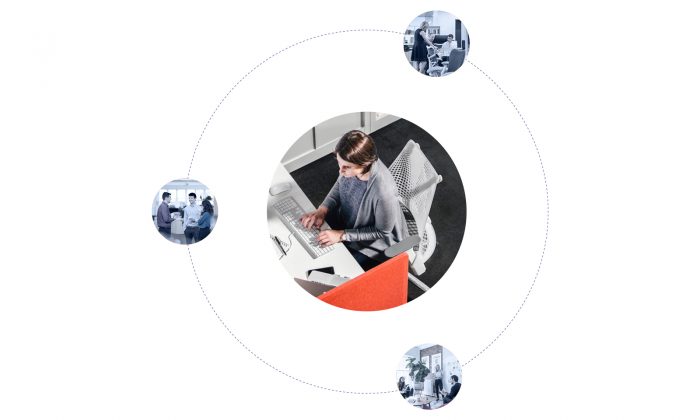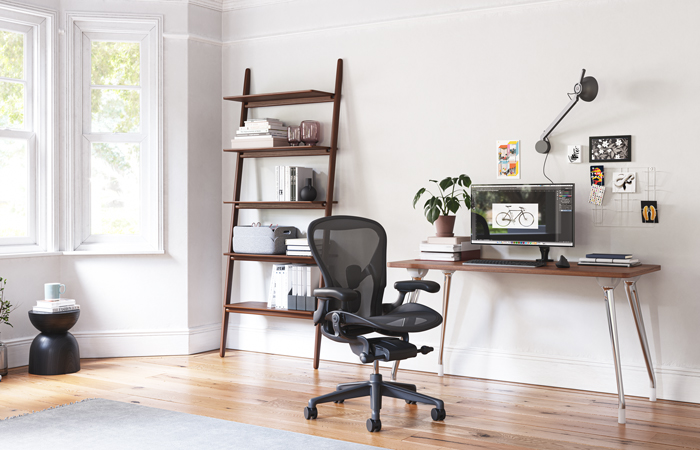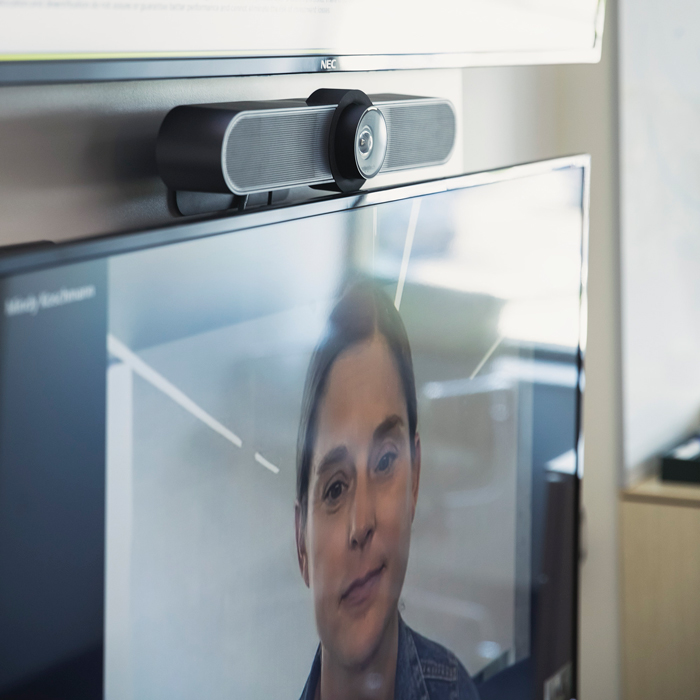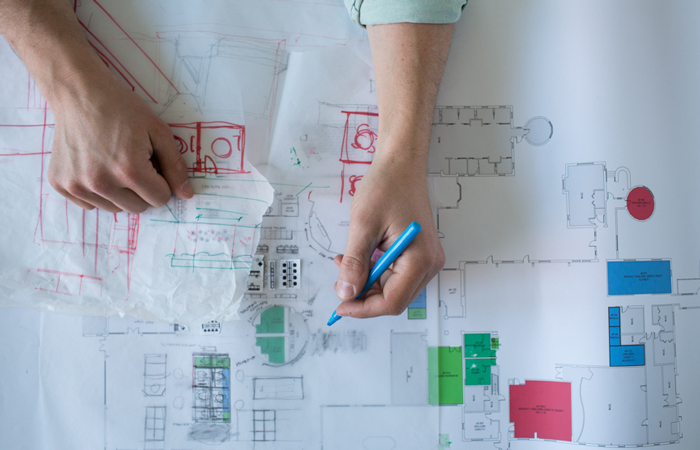Flexible Working
Have you enjoyed working from home over the past few months? Are you considering asking your employer if you can work flexibly; partly office based and partly based from home or a co-working space? We sat down with Bertie van Wyk, Workplace Specialist at Herman Miller to learn a bit more about flexible working.

Many people were introduced to homeworking for the first time when it was enforced during lockdown. For some people it wasn’t a new concept but was something they did occasionally rather than frequently. For many it was a largely positive experience. However, for around 19% of people[1] working from home was a huge struggle and they found it hard to be productive. Working from home gives people an opportunity to focus and get individual work done. By eliminating the commute, it can also give people more time in their life. But if your home office isn’t set up correctly then it can be hard to be productive. This matters less if you’re not working from home all the time, and really this is where the answer lies.

It isn’t a question of whether people work from home or in the office, but of finding the balance between the two. And that balance will vary from person to person depending on their role and the work they are doing. For people whose job allows it, there will be an expectation from now on that so called ‘flexible working’ will be a feature of their working life, and that it will be genuinely flexible. This might mean 2-3 days a week working in the office, 2-3 days at home or in a co-working space (or local coffee shop), or a mixture of that depending on need. This flexibility means the time spent in the office is in response to a person’s work and is therefore more thoughtful and productive.

Being in an office will mean your physical health is taken care of in way that can be harder to achieve at home – your office will have the correct lighting levels, ergonomic work chairs, desks at the right height, and screens available to use. There are also the mental health benefits to being in an office. While the current return to work plan involved maintaining a physical distance to colleagues, there are clear benefits to being around other people. During lockdown 42% of people have suffered from depression or loneliness[2]. Being able to talk to people face to face and connect with them in person is something we crave. Many teams have survived solely working from home because they were already established groups. But as time goes on and people change jobs, it will be much harder for new team members to integrate with a group of people if they don’t get to meet them in person. Productivity increases in teams who meet face to face[3] and research has shown that having a best friend in the office makes you seven times more likely to engage fully in your work and stay in at a job.[4] It is also important to remember to have an office which is designed to best support the people working there. It will vary from company to company but when designed correctly, there should be a variety of settings which will allow people to work in the space that best supports the work they are doing. It is possible to do this while incorporating the necessary physical distancing measures to keep people safe.

Post-pandemic, the office now at the top of the agenda for companies. We understand that the experience of the office is having a huge impact on the employees. If companies want the best talent, they need to provide the ultimate flexible experience – whether that’s variety within the office or providing alternative options to work healthily from home. By providing great individual AND great community experiences your staff will thrive at home and in the office.
Contact Herman Miller through BCFA Product Finder.
[1] Leeman index
[2] https://www.forbes.com/sites/sallypercy/2020/04/16/four-ways-leaders-can-support-anxious-and-lonely-teams/#6fd56df73ba4
[3] https://www.inc.com/amy-balliett/how-this-1-change-in-your-communication-style-can-boost-productivity.html
[4] Gallup 2013




